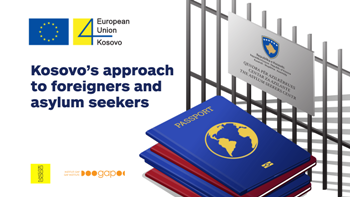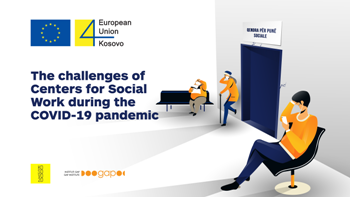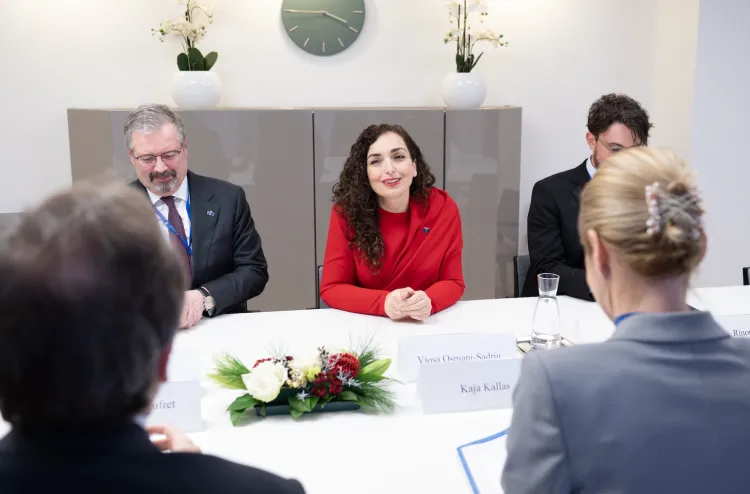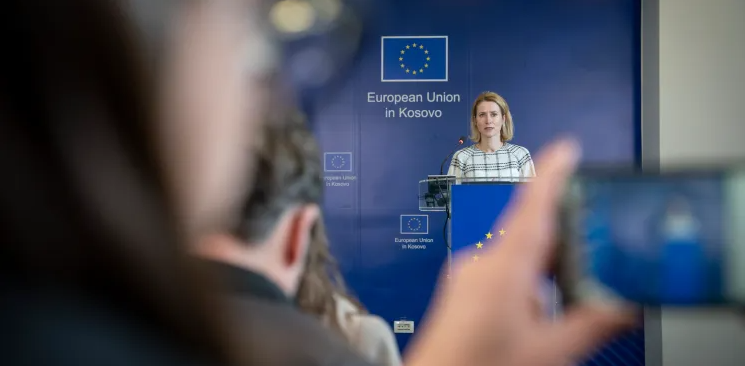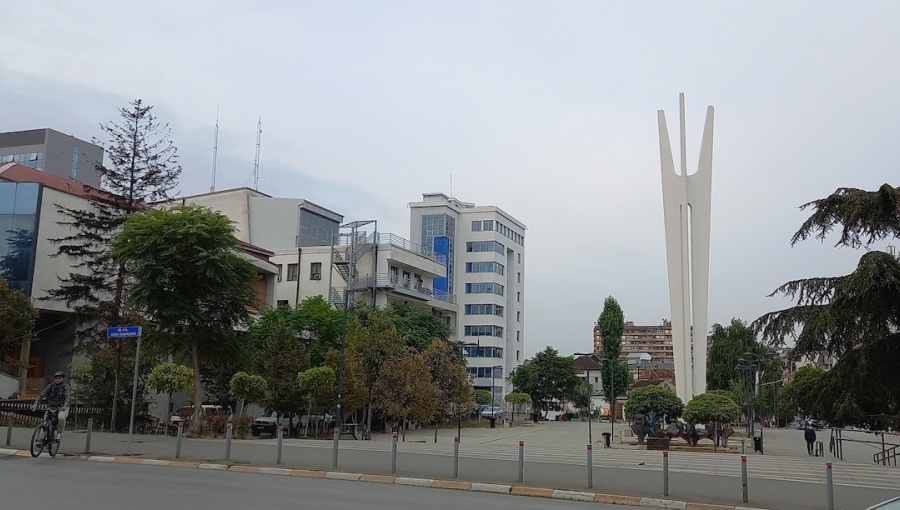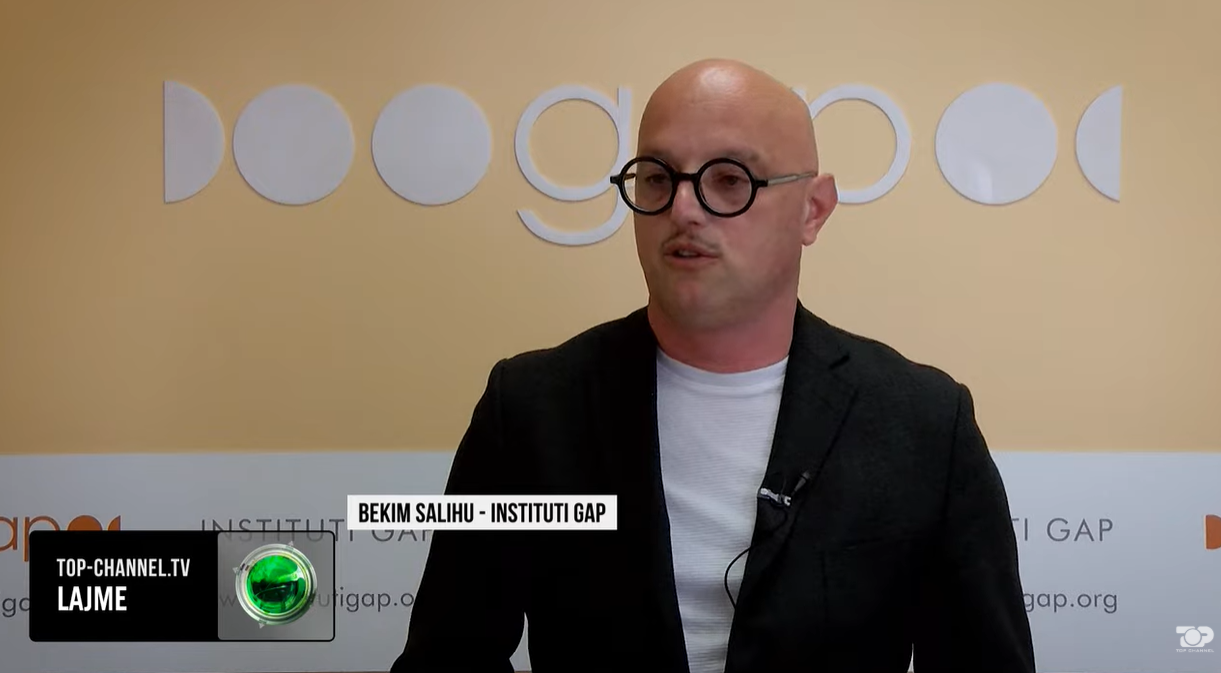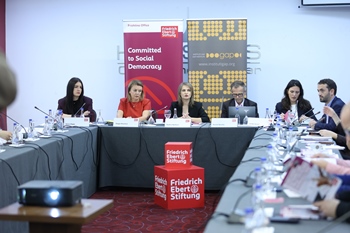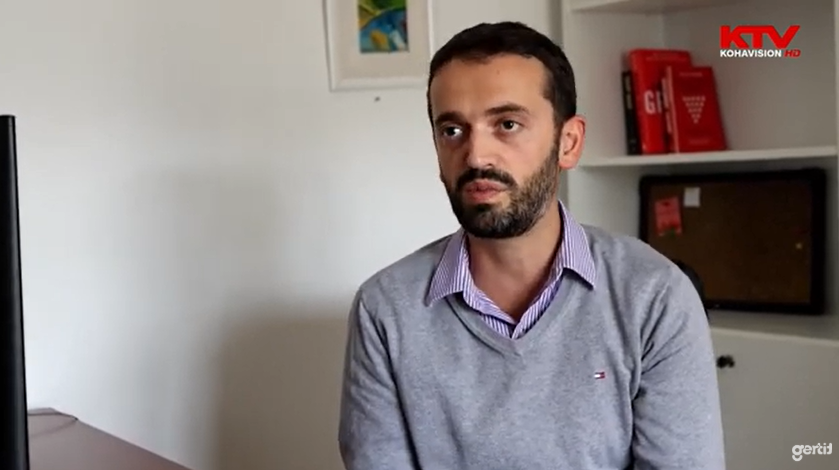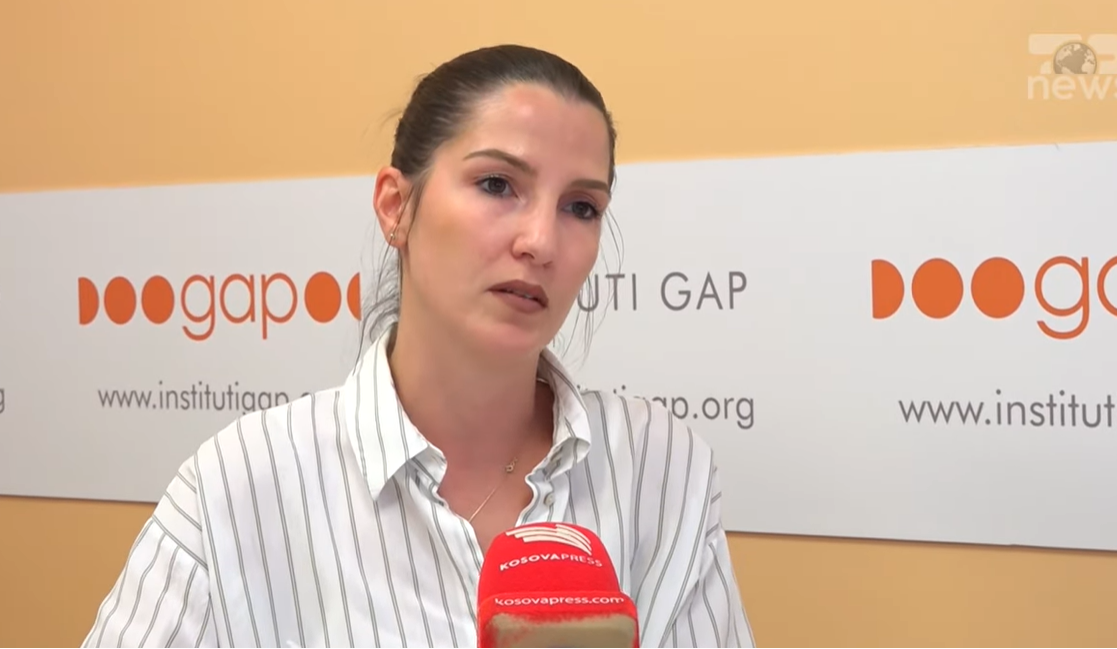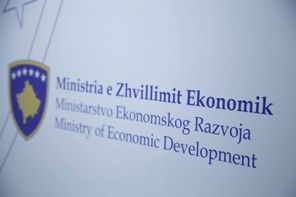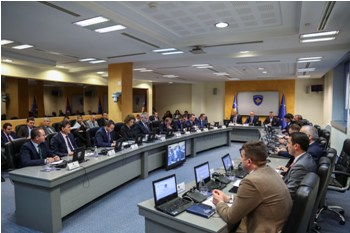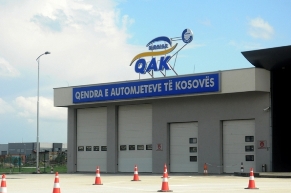2019 Kosovo government spending on official representation
20/11/2020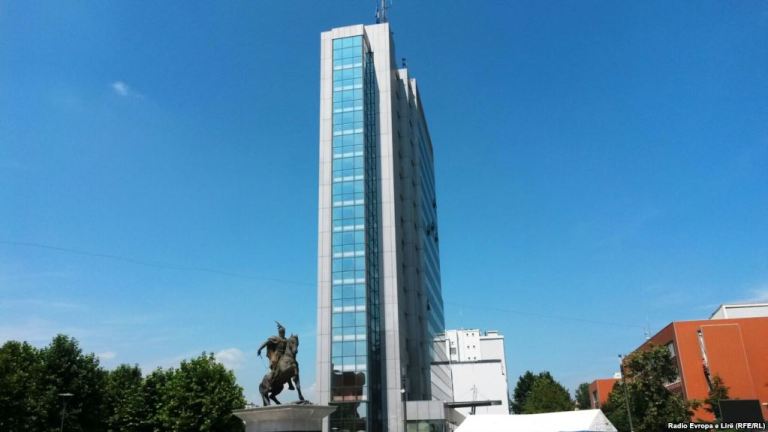
Representation expenditures include all expenses incurred during the performance of official affairs and duties (lunch, dinner, drinks and gifts for various official meetings). These expenditures, which are aimed at achieving the annual institutional objectives, are covered by the Kosovo budget.
In order to ensure more efficient management of public funds, Kosovo Government drafted Administrative Instruction No. 01/2008, stipulating the manner and amount of representation expenses, for officials of Kosovo Government institutions.
According to Article 5 of this instruction, representation expenses for the Prime Minister and Deputy Prime Ministers are unlimited. Whereas, ministers are entitled to spend up to 500 euros per month, deputy ministers up to 200 euros per month, political advisors up to 100 euros per month, chiefs of ministers cabinets up to 50 euros per month, and so on. Among others, these expenditures should not be made for individual purposes, but only for the state ones, and they must be justified with relevant invoices signed by their spenders.
According to Ministry of Finance 2019 Annual Financial Report, compared to 2018, representation expenses in 2019 rose by 11% or 364 thousand euros. Therefore, during the last year a total close to 4 million euros was spent on official lunches and dinners in and out of the country, from the Kosovo budget.
Figure 1: Representation expenditures of all public institutions

Source: GAP Institute
Based on the Law on Access to Official Documents, GAP Institute requested detailed data on representation expenses from the Office of the Prime Minister and all ministries for 2019. Although these data should be public, our request was answered positively by the Office of the Prime Minister and 18 ministries, of which the Ministry of Trade and Industry and the Ministry of Labor and Social Welfare provided data on Minister’s Office, without personalizing expenditures for officials, on monthly basis. While three other ministries, the Ministry of Foreign Affairs, the Ministry of Diaspora and the Ministry of Infrastructure did not provide access to data,thereby not complying with the Law on Access to Public Documents.
Based on the data received from 19 institutions pursuant to our request, it can be concluded that during 2019 over 695 thousand euros were spent on representation, of this amount only the Office of Prime Minister Ramush Haradinaj, spent 57% or 399 thousand euros while 18 ministries together spent 43% or 296 thousand euros. The Ministry of Trade and Industry, which leads among the ministries, spent about 40 thousand euros or 22 thousand euros more compared to 2018. Other ministries that spent more compared to 2018 include: Ministry of Culture, Youth and Sports, Ministry of Defense, Ministry of Economic Development and Ministry of Labor and Social Welfare. While ministries that spent less in 2019 compared to 2018 include: Ministry of Health (10 thousand euros less), Ministry of Agriculture, Forestry and Rural Development (9 thousand euros less), Ministry of Internal Affairs (8 thousand euros less), Ministry of Innovation and Entrepreneurship (5 thousand euros less) ) and so on.
Figure 2: 2019 Representation expenditures according to Ministerial Offices
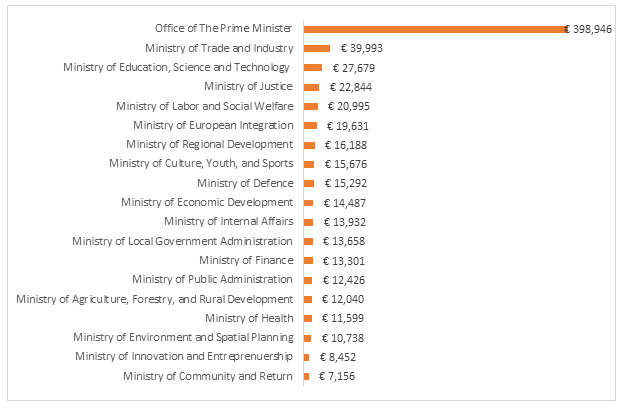
Source: GAP Institute
The maximum amount of representation expenses provided to a minister is 500 euros per month. Among the ministers, a total of ten exceeded monthly representation expenses. These include the following: DijanaZivic, Dhurata Hoxha, Rasim Demiri, Adrijana Hodzic, Abelard Tahiri, Ekrem Mustafa, MahirYagcilar, Fatmir Matoshi, Muzafer Shala and ShyqiriBytyqi.
The largest amount exceeded is for 4,538 euros in December, by the Minister of Agriculture, DijanaZivic. Then, Abelard Tahiri, Minister of Justice, in April exceeded expenditures by 3,369 euros; ShyqiriBytyqi, Minister of Education, Science and Technology in August exceeded expendituresby 2,585 euros, while in March by 1,692 euros; Adrijana Hodzic from the Ministry of Local Government Administration in July exceeded expendituresby 2,238 euros; Dhurata Hoxha, Minister of European Integrations in April exceeded expendituresby 1,818 euros; NenadRikalo, from the Ministry of Agriculture, Forestry and Rural Development in April exceeded expendituresby 1,492 euros and so on.
According to Article 9 of the Administrative instruction, all representation expenditures exceeding the maximum allowed, must be covered by the officials themselves, who exceeded the set amount. For ministers, Valdrin Lluka and DaliborJevtic, we received only the total expenditures for 2019.
Figure 3: Representation expenses for 2019 by ministers
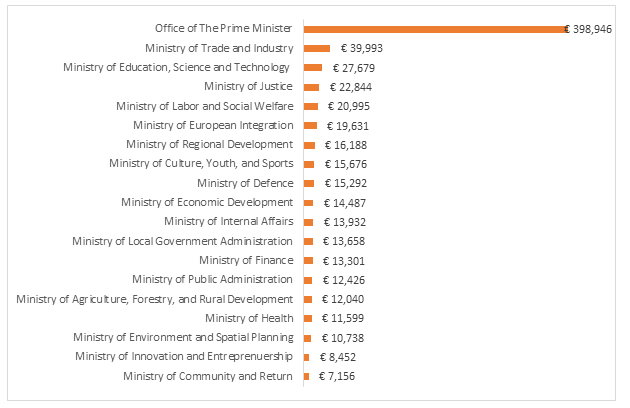
Source: GAP Institute
* Numbers (0 to 12) indicate how many times during the year the minister exceeded the expenses; The sign (-) indicates the lack of spending per month by the minister.
The amount allowed to be spent on official lunches and dinners during a year for a deputy minister amounts to up to 200 euros per month. In 2019, in terms of deputy ministers, monthly representation expenses were exceeded by a total of 14 deputy ministers, three less compared to 2018. The highest amount exceeded is for 498 euros in February by Besim Demi, followed byAleksanderSpasicwith 471 euros, Bashkim Musliu 352 euros, Deputy Minister in the Ministry of Environment and Spatial Planning. FadilNura, Ministry of Justice Deputy Minister exceeded expendituresby 134 eurosin January. Hajredin Hyseni, Deputy Minister in the Ministry of Public Administration exceeded expenditures by 119 euros in February and so on.
Figura 4: Shpenzimet e reprezentacionit për 2019 nga zëvendësministrat/et
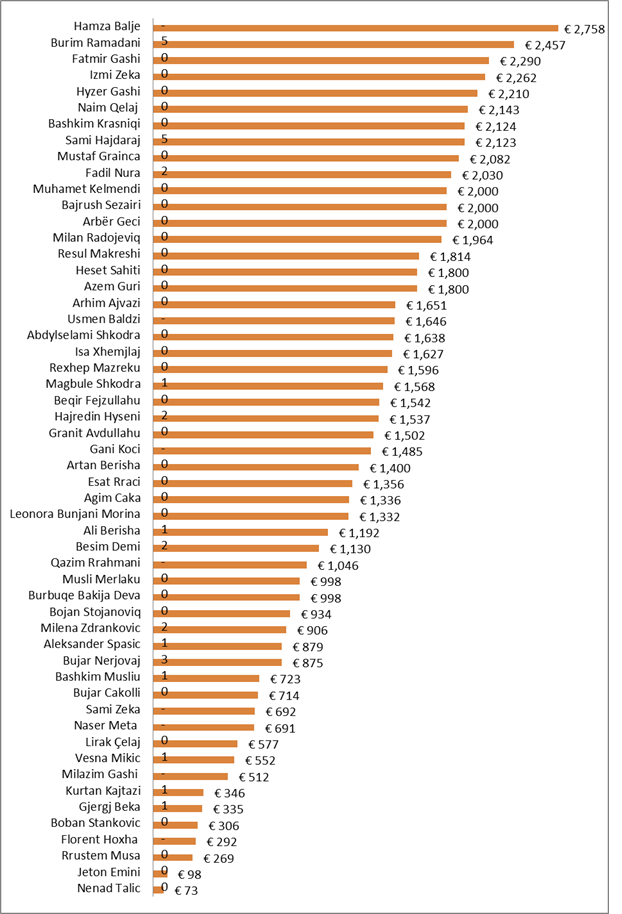
Source: GAP Institute
* Numbers (0 to 12) indicate how many times during the year the minister exceeded the expenses; The sign (-) indicates the lack of spending per month by the minister.
The maximum amount of representation expenses allowed to an adviser is 100 euros per month. Advisors who exceeded the representation expenditures during 2019 include: Elena Mucula, Gazmend Muja, Shqipe Kusari, VesaBroja and HristinaKosic from the Ministry of European Integrations. LeutrimSahiti, MimozaIbishi, MadenStankovicm, Nazmi Krasniqi, Sevdije Lama and ValonMaliqi from the Ministry of Environment and Spatial Planning and AlbatritMatoshi from the Ministry of Health.
Figure 5: Advisers who exceeded representation expendituresin 2019
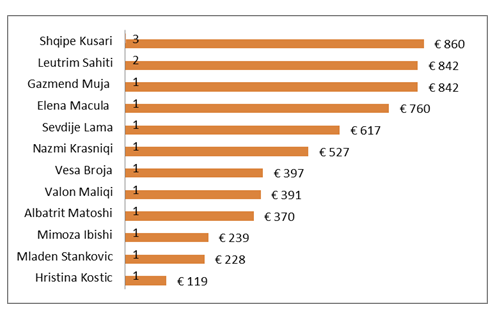
Source: GAP Institute
* Numbers (0 to 12) indicate how many times during the year the minister exceeded the expenses; The sign (-) indicates the lack of spending per month by the minister.
The maximum amount of representation expenses allowed to a Chief of Cabinet is 50 euros per month. During 2019, all chiefs of cabinets exceeded their monthly allocations. Amil Kapllani, Ministry of Regional Development Chief of Cabinet exceeded expenditures by 50 euros between March-December. Mrike Krasniqi, Ministry of European Integrations Chief of Cabinet exceeded expenditures in October for 76 euros. For six months in a row,BesianëMusmurati from the Ministry of Health exceeded the expenditures for 50 euros; ZijadinGeci from the Ministry of Environment and Spatial Planning exceeded the expenditures for 125 eurosin February. AltinAdemi and Dardan Koqani from the Ministry of Justice exceeded the expenditures every month.
Figure 6: Representation expenditures of chiefs of cabinets
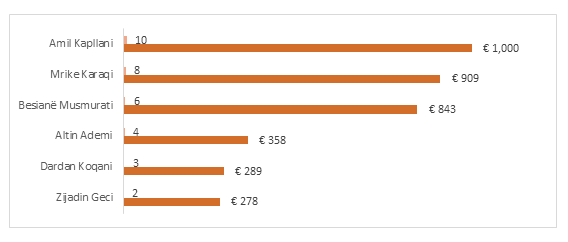
Source: GAP Institute
* Numbers (0 to 12) indicate how many times during the year the minister exceeded the expenses; The sign (-) indicates the lack of spending per month by the minister.
Based on these data, in 2019, the position with the highest expenditures in the category of representation expenditures is that of the Prime Minister RamushHaradinaj, who exceeded them for more than 290 thousand euros. He is followed by deputy ministers with over 170 thousand euros, ministers with around 93 thousand euros, advisors, deputy prime ministers and chiefs of cabinets.
Figure 7: Representation expenditures based on position
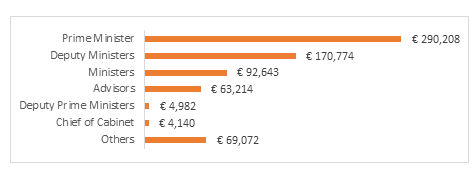
Source: GAP Institute
Here you can find the infographic on representation expenses of the Office of the Prime Minister and 18 ministries as well as the persons responsible for each expense during 2019.


